-
Welcome to Tacoma World!
You are currently viewing as a guest! To get full-access, you need to register for a FREE account.
As a registered member, you’ll be able to:- Participate in all Tacoma discussion topics
- Communicate privately with other Tacoma owners from around the world
- Post your own photos in our Members Gallery
- Access all special features of the site
AdventureTaco - turbodb's build and adventures
Discussion in '1st Gen. Builds (1995-2004)' started by turbodb, Apr 4, 2017.
Page 249 of 281
Page 249 of 281


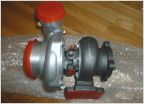 StAndrew's Build
StAndrew's Build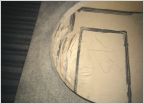 Jamesbob's 03 Double Cab PreRunner
Jamesbob's 03 Double Cab PreRunner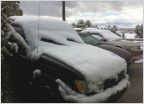 FATS builds a Taco
FATS builds a Taco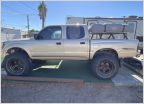 StevenP’s 37s + IFS ¯\_(ツ)_/¯ build
StevenP’s 37s + IFS ¯\_(ツ)_/¯ build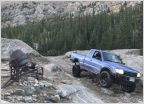 Winkle99 Build Thread
Winkle99 Build Thread






































